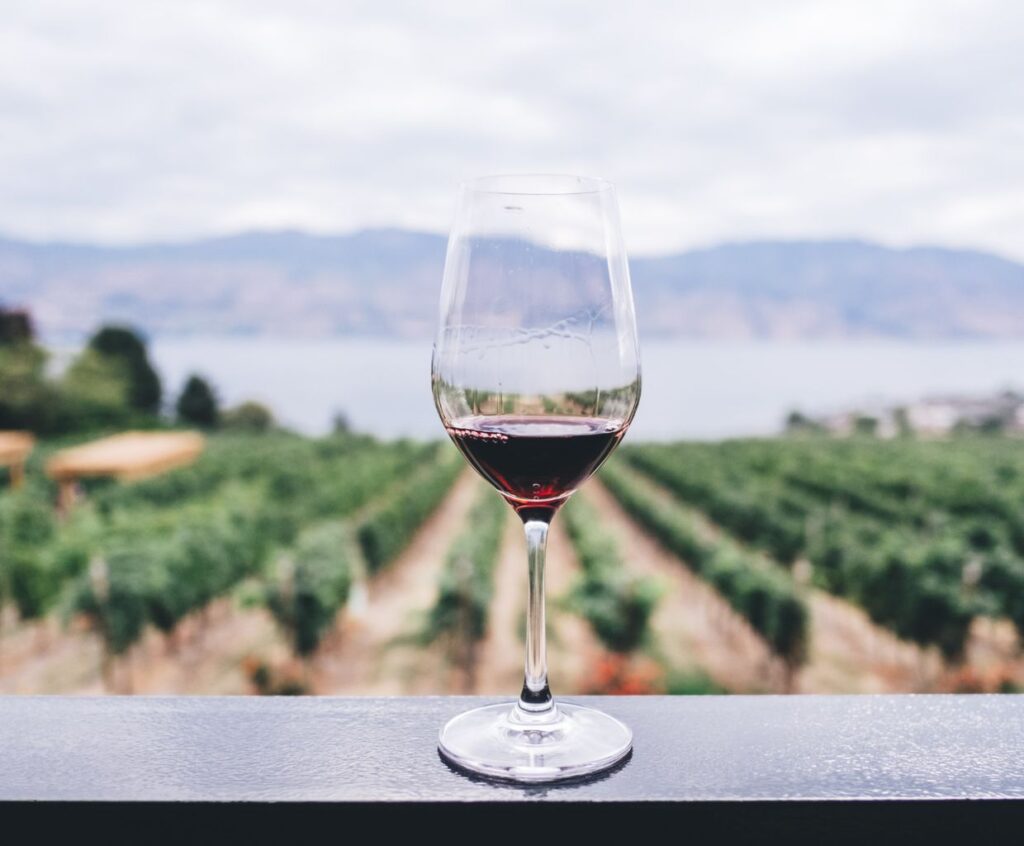The Perfect Pour: How Much Wine to Pour in a Glass for Ultimate Enjoyment
Welcome to our guide on achieving the perfect pour! Knowing how much wine to pour into a glass enhances your overall enjoyment, whether you are a wine lover or a casual wine drinker.
In this article, we will explore the ideal pour sizes for different types of wine and the factors to consider when deciding how much wine to pour. So, let’s dive in and uncork the secrets to the perfect pour!
Factors to Consider
When it comes to pouring wine, several factors come into play. The type of wine, glass size, occasion, and personal preference all influence the ideal pour size. Here are a few things to keep in mind:
Type of Wine
-
- Red Wine: For red wines, it is generally recommended to pour around 5-6 ounces (150-180 milliliters) per glass. This allows the wine to breathe and develop its flavors.
-
- White Wine: White wines are typically poured in smaller quantities, around 4-5 ounces (120-150 milliliters) per glass. This ensures that the wine stays chilled and maintains its refreshing characteristics.
-
- Rosé Wine: Rosé wines fall between red and white wines, so a pour size of 4.5-5.5 ounces (135-165 milliliters) is often ideal. This allows the wine’s delicate flavors to shine.
-
- Sparkling Wine: When it comes to bubbly, aim for a slightly smaller pour of around 4 ounces (120 milliliters) to accommodate the added effervescence.
Glass Size
The size of your wine glass matters. Larmore giantesses are better for red wines as they allow the aromas to concentrate, while smaller glasses are suitable for white wines to maintain their temperature. Adjust your pour size accordingly to maintain the right balance between aesthetics and functionality.
The Perfect Pour Technique
Now that you know the ideal pour sizes, let’s discuss the technique. To achieve the perfect pour:
-
- Hold your wine glass by the stem to avoid warming the wine with your hand.
-
- Tilt the glass at a slight angle to prevent splashing and allow for a smoother pour.
-
- Pour the wine slowly and steadily into the glass, aiming for the center. This helps preserve the wine’s aromas and minimizes the formation of bubbles.
-
- Stop pouring just before the glass is cull, leaving some room for swirling and appreciating the wine’s bouquet.
Remember, the perfect pour is subjective, and personal preference plays a significant role. Feel free to experiment and adjust the pour size based on your taste and the occasion. The most important thing is to enjoy the wine in a way that surprises you; next time you uncork a bottle of your favorite wine, put your newfound knowledge to use and pour just the right amount for an ultimate sensory experience. Cheers!
Are there specific guidelines or recommendations for pouring different types of wines into a glass to enhance their flavors?
Yes, some general guidelines and recommendations exist for pouring different types of wines into a glass to enhance their flavors. Here are a few tips:
1. White Wines:
- For light-bodied white wines, like Sauvignon Blanc or Pinot Grigio, use a smaller, narrower glass to preserve the aromas.
- For full-bodied white wines, like Chardonnay, use a more extensive, expansive glass to allow the wine to breathe and release its aromas.
2. Red Wines:
- For lighter red wines, such as Pinot Noir or Beaujolais, use a lamore extensive glass to allow the wine to come into contact with more air, enhancing its aromas.
- For fuller-bodied red wines, like Cabernet Sauvignon or Syrah, use a taller, more giant glass with a wider bowl to allow more space for the aromas to develop.
3. Sparkling Wines:
- Use a flute-shaped glass for sparkling wines like Champagne or Prosecco to preserve the bubbles and concentrate the aromas.
4. Rosé Wines:
- SLikewhite wines use a smaller, narrower glass for lighter rosé wines and a Larmore oversizedider glass for fuller-bodied rosés.
5. Dessert Wines:
- Use smaller, narrower glasses to enjoy the dessert wines ‘centered flavors and aromas. It is also essential to pour wine gently, avoid splashing to prevent disturbing sediment in older wines, and maintain the wine’s aromas. It’s also recommended to fill the glass only about one-third to one-half full to allow more space for swirling and releasing the wine’s aromas.
What factors should be considered when determining the perfect amount of wine to pour into a glass?
Determining the perfect amount of wine to pour into a glass for ultimate enjoyment involves considering various factors. Here are some key ones:
1. Glass size and shape: The size and shape of the glass can affect the amount of wine that should be poured. For example, a larmore giantass may require more wine to maintain an adequate aroma and allow swirling, while a smaller glass may require less.
2. Wine type: Different wine types have varying ideal pour amounts. Lighter wines, such as white or rosé, may require less in the glass compared to fuller-bodied red wines.
3. Personal preference: The perfect pour amount also depends on preference. Some individuals may prefer a larger pour to fully appreciate the wine’s flavors, while others may prefer smaller amounts to savor and analyze the wine more slowly.
4. Occasion: The occasion and purpose of drinking wine can influence the pour amount. FAgenerous pour may be more suitable for casual or social gatherings, while a more petite pour may be preferable for formal tastings or when pairing with a meal,
5. Alcohol content: Considering the alcohol content of the wine is essentially higher alcohol content, fortified wines or some reds may require smaller pours to avoid overwhelming the palate or consuming excessive alcohol.
6. Temperature: If serving chilled wine, leaving enough room in the glass for swirling can help aerate and bring the wine to an optimal temperature.
7. Wine quality and cost: Pouring a smaller amount of high-quality or expensive wine allows for better focus on its characteristics and makes the experience more memorable
Ultimately, the perfect pour amount may vary for each individual and can be adjusted based on these factors to enhance the enjoyment of the wine.




